JONES LAW GROUPYour Lawyers for Life! Personal Injury Law Firm in St. Petersburg

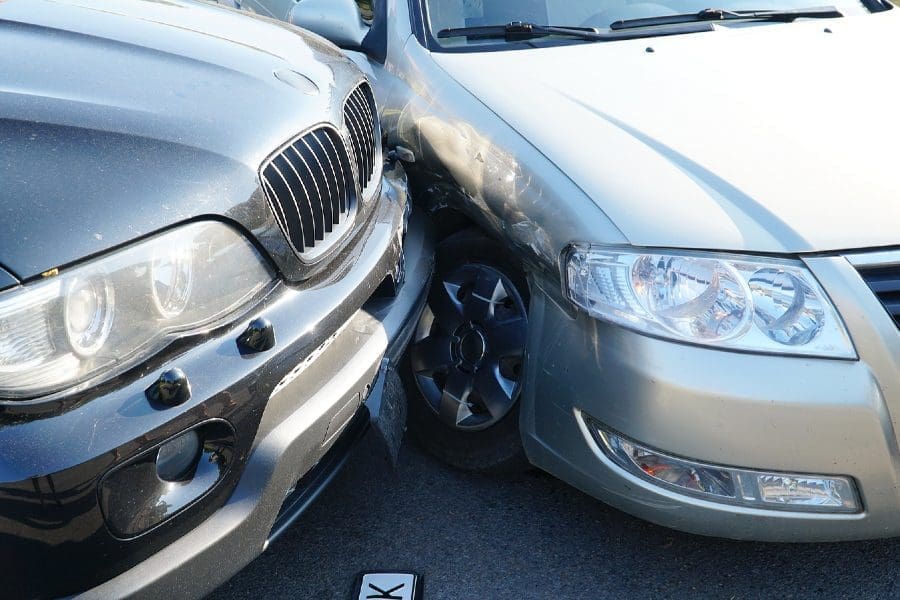
Drivers can reduce their risk of auto accident injuries by avoiding purchasing dangerous car models and knowing which vehicles are more likely to be at fault for accidents. Summary Imagine driving in a dangerous car that doesn’t keep you safe. It’s a scary thought. That’s why vehicle safety is incredibly important. Just like wearing a […]
Call our personal injury law office directly at (727) 512-9847
Find out today! At Jones Law Group in St. Petersburg, FL, we would like to hear from you. Contact us for a free personal injury case consultation.
Or call our personal injury law office at (727) 512-9847
Get educated on the Florida's personal injury laws and more.
Drivers can reduce their risk of auto accident injuries by avoiding purchasing dangerous car models and knowing which vehicles are more likely to be at fault for accidents.
Summary
Imagine driving in a dangerous car that doesn’t keep you safe. It’s a scary thought. That’s why vehicle safety is incredibly important. Just like wearing a helmet while riding a bike or using a seatbelt, safety features in cars help protect us from accidents.
Some cars have better safety ratings than others. These ratings can vary from one car model to another, even if they look similar on the outside. When choosing a vehicle, look at several ratings to get the big picture.
If multiple rating systems say a car is dangerous, consider going in a different direction. Doing so could help you avoid suffering a severe injury- a dangerous car can have issues that can cause an accident. If that happens, anyone hurt could possibly sue the manufacturer.
However, exercising your rights after a Florida car accident is often a complex endeavor. The auto accident lawyers at Jones Law Group will be here if you’re ever in a wreck caused by a factor out of your control. Schedule a free consultation by calling (727) 571-1333 or contacting us online.
When determining if a car is safe or potentially dangerous, experts use a combination of methods to evaluate its safety. These methods help them understand how well a car can protect you in case of an accident and whether any problems could make the car risky to drive. Here’s how they do it:
Imagine gathering data from all the car accidents that happen. Vehicle safety experts do precisely that. They look at how often a specific car model is involved in auto accidents.
If a particular car is frequently in accidents, such as collisions in the rain or rollover crashes, then it might indicate something about the car that makes it harder to drive safely.
Scientists recreate accidents in a controlled environment to see how well a car holds up. They also measure things like how well the seatbelts and airbags work. Based on the results, they give the car a safety rating. More stars mean a safer car.
Car manufacturers sometimes find problems with their vehicles after they’re already on the road. These problems are called defects.
If a car has many defects or something seriously wrong, the manufacturer might recall it. A recall is like a warning – it tells people that the car might not be safe to drive until the manufacturer fixes the problem.
Read: Debunking Car Accident Myths
Although reviewing road safety tips is important to avoiding collisions, preventing car accidents starts with the vehicle you choose. Looking at accident statistics, safety test ratings, and recalls helps you decide whether the car is right for you.
Likewise, paying attention to these criteria is still essential if you own a car. Knowing how safe your car is can help you drive more cautiously; using defensive driving skills avoids accidents and reduces your risk of injury.
Getting familiar with dangerous car models also helps you be prepared in case of an accident. And if there’s a recall for your car, it’s crucial to address it promptly to ensure your safety.
Although there are certain types of cars that cause more accidents, specific models may carry an increased risk for drivers and passengers. If you already have one, please make sure to pay attention to any recalls or other safety issues.
The following are some of the dangerous models you might want to think twice about purchasing:
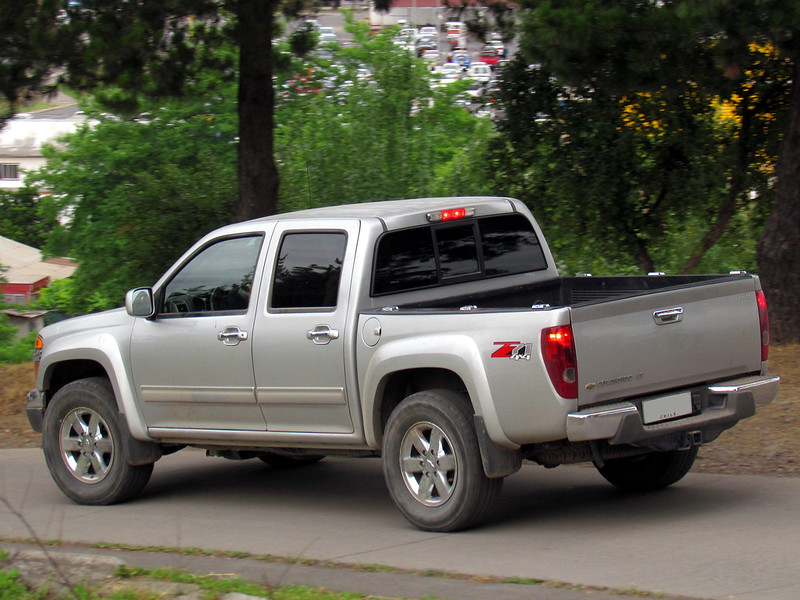
The Colorado Crew Cab is a light truck that received sub-standard grades from the Insurance Institute for Highway Safety (IIHS) as far back as 2011. The IIHS gave the truck a “poor” grade for side-impact performance and “marginal” grades in other critical areas.
These include rear impact and rollovers. General Motors (GM), which owns Chevrolet, recalled more than 5,000 Colorado pickups in 2011 due to seat belt defects. Just as the Colorado brand has endured, so have the problems associated with the model.
In 2022, GM recalled some Colorados due to front seat defects. Assemblers failed to attach the passenger seat to the frame properly. This defect puts occupants at significant risk of catastrophic injuries like paralysis if a crash occurs.
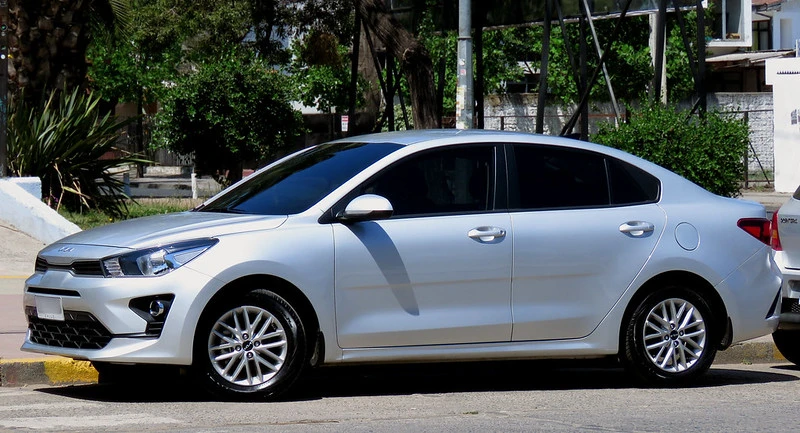
Smaller cars typically don’t fare as well in crash tests. The Kia Rio is not different. When conducting crash tests of the Rio, the IIHS reported that the airbag barely brushed the head of the dummy. A driver’s head would be vulnerable to striking components in the front of the vehicle.
The test also showed a weakness with the front-left portion of the car. Drivers would risk suffering major car accident injuries to their legs due to the door hinge pillar moving inward after impact.
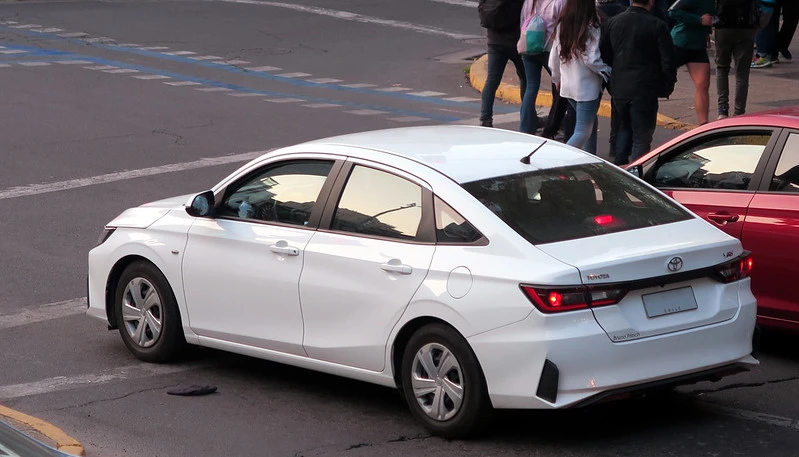
According to one insurer, the 2005-10 model years of the Yaris are among the most dangerous cars built in the last half-century. One of the scariest issues is that the Yaris would shift gears and speed up without the driver doing anything.
This alarming flaw was known as “ghost acceleration”. Another is that faulty wiring led to side airbags failing to deploy in an accident. It’s no surprise that the number of personal injury claims linked to the 2009-11 versions of the Yaris is staggering.
According to an LA Times report on the Yaris, for every 1,000 covered by insurance, policyholders filed 28.5 claims. The Porsche 911 generated only 4.5. Toyota discontinued the Yaris in 2020.

The Mirage is at the top of the IIHS list of driver death rates, with 205 per million registered on the road. During testing of the 2014 Mitsubishi Mirage by the Institute, the dummy’s head barely made contact with the frontal airbag before sliding off to the left, as the steering column shifted 14 cm to the right.
This movement exposed the head to potential impacts with the car’s forward side structure. Furthermore, the seat belt allowed the dummy’s head and torso to move excessively forward, potentially causing whiplash injuries and head injuries.
Although the side curtain airbag deployed, it lacked adequate forward coverage to shield the head from striking the interior or external objects. Compounding the concerns, the driver’s seat tilted forward and leaned toward the B-pillar. Although the side torso airbag did deploy, the overall protection was insufficient.
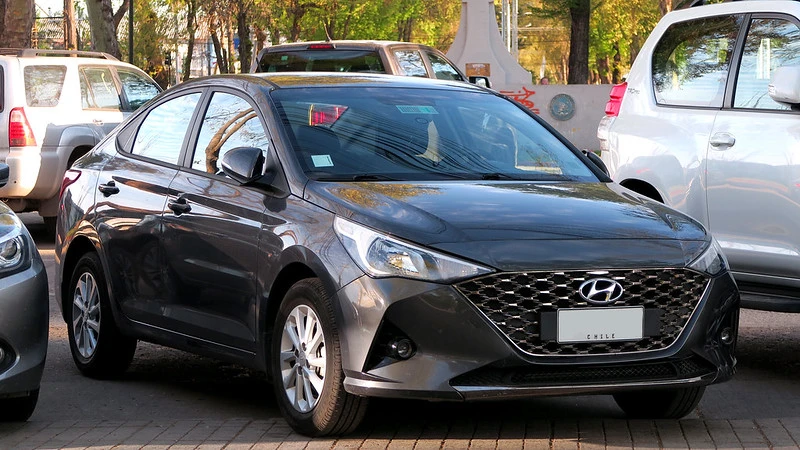
This car had a registered driver death rate of 152 per million, placing it at No. 4 on the IIHS list. The IIHS gave the Hyundai Accent a “Poor” overall rating. The dummy’s head barely made contact with the frontal airbag before sliding off to the left.
Meanwhile, the steering column shifted 16 cm to the right. This movement left the chest with minimal cushioning from the airbag. Additionally, the seat belt failed to properly restrain the dummy.
This allowed the head and torso to lurch forward excessively, leading to the head striking the instrument panel. The seat belt’s poor performance greatly increases an occupant’s risk of sustaining a severe traumatic brain injury.
While the side curtain airbag did deploy, it lacked adequate forward coverage to protect the head from hitting the vehicle’s forward side structure or external objects. The side torso airbag was also deployed but provided limited overall protection.
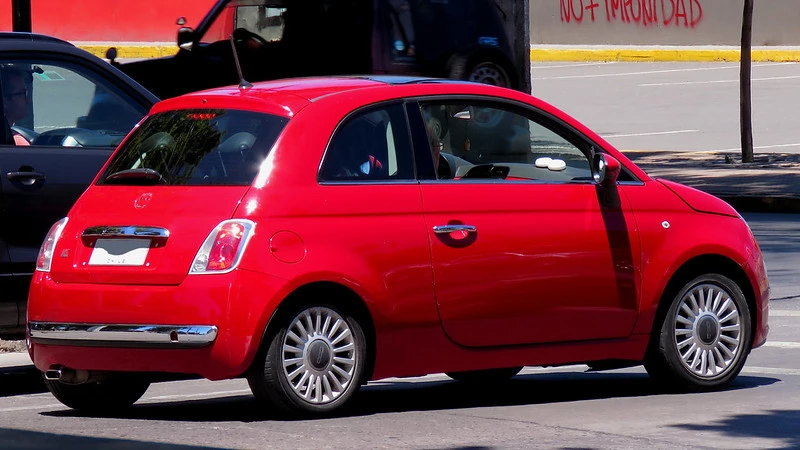
The IIHS stated that the hinges of the driver door of the 2019 model were subject to tearing apart during an accident, increasing the risk of driver ejection. The Fiat 500 ranked No. 5 on the driver death rate list, with 95 per 1 million registered.
During IIHS’ accident testing, the dummy’s head initially made contact with the frontal airbag but then slid off to the left as the steering column shifted 13 cm to the right, causing the head to collide with the A-pillar.
On the positive side, the side curtain airbag deployed effectively, offering sufficient forward coverage to shield the head from impacts with the vehicle’s side structure or external objects. Additionally, the side torso airbag was activated, contributing to the overall safety features of the vehicle.
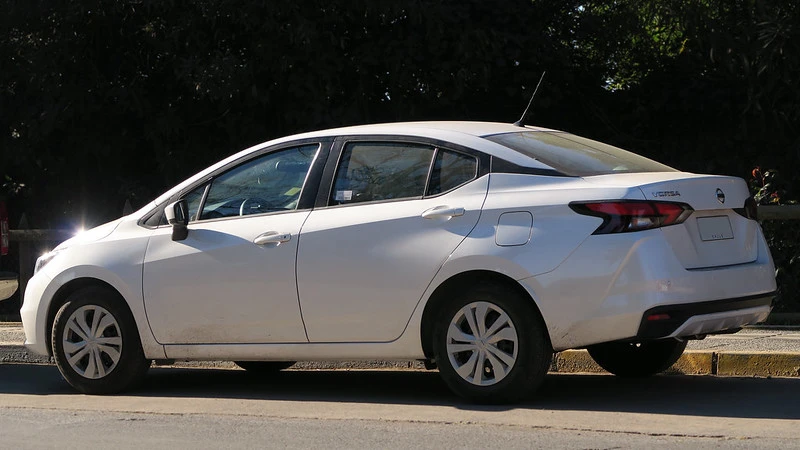
The IIHS gave the Versa a “poor” rating due to the front driver’s side overlapping during crash tests, which would put a driver in danger of severe injuries. The NHTSA recorded 9 recalls for the 2007 Nissan Versa due to its safety issues. There were also 88 fatalities per 1 million registered.
The Nissan Versa debuted in the 2007 model year. Crash test ratings for frontal offset impacts were applicable to both the hatchback and sedan variants until the 2011 model year. However, starting with the 2012 model year, only the sedan underwent a redesign, leaving the hatchback unchanged.
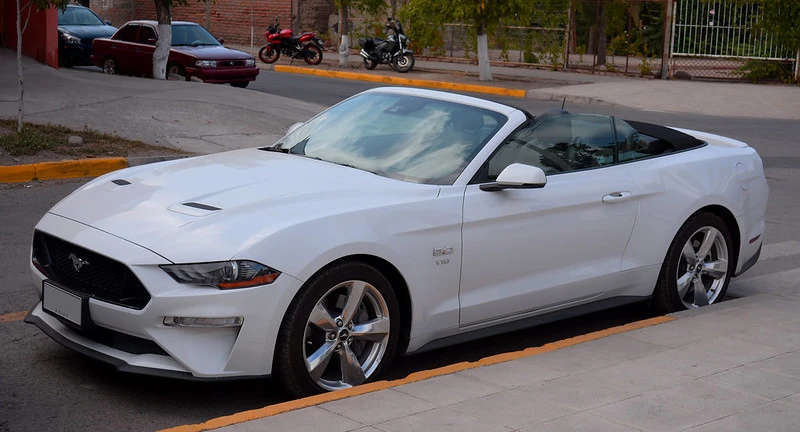
The GT Coupe also made the IIHS list of driver death rates, with 81 million fatalities per 1 million registrations. In addition, the IIHS only gave the 2015-2020 versions of the model “marginal” safety cage ratings.
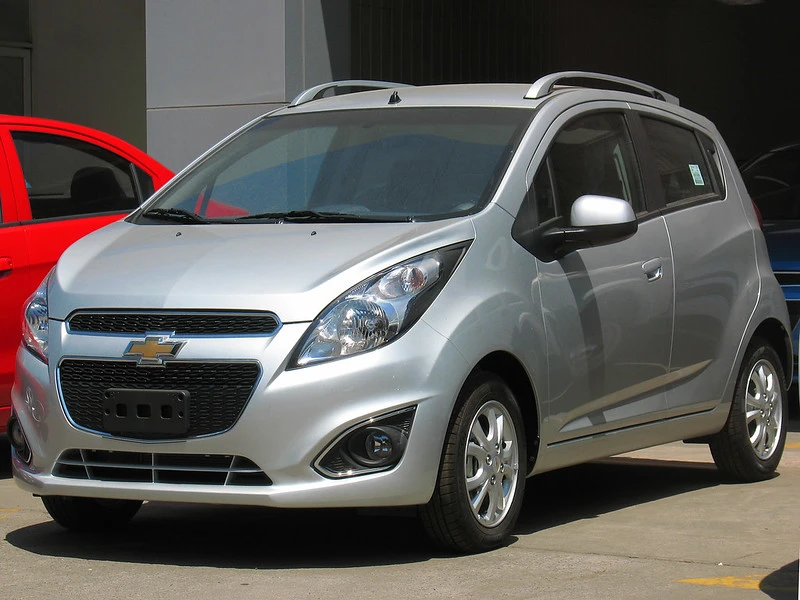
Like many other smaller cars, the Spark doesn’t offer as much protection in a crash as larger models. Unfortunately, the Spark doesn’t have many safety features that are standard in other car models, making it more dangerous for drivers and their passengers.
It also doesn’t handle very well, according to Motor Trend’s deadliest cars report. Chevy discontinued the Spark in 2022.
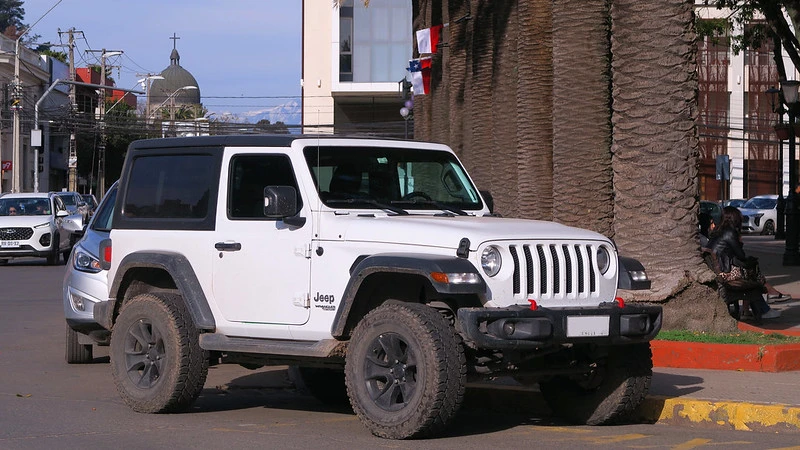
Older models didn’t have airbags and fared poorly in crash tests. The IIHS gave the 2011 model of the four-door version a “poor” side-impact rating and a “marginal” rating for its performance in rear-impact collision tests.
Now that we have examined some of the most dangerous vehicles due to recalls and safety issues let’s examine some of the vehicles most commonly involved in collisions in general.
This category is quite different since more popular vehicles are more likely to be involved in accidents while not necessarily making the vehicle itself dangerous. But what matters in this category is not the vehicle safety performance, but instead a combination of driver demographics, vehicle popularity, and driving behavior.
It’s not the vehicle itself that is “at fault,” but rather the type of drivers and the situations in which these vehicles are used.
According to insurance and traffic studies, the following vehicle types and models are more likely to be involved in at-fault accidents:
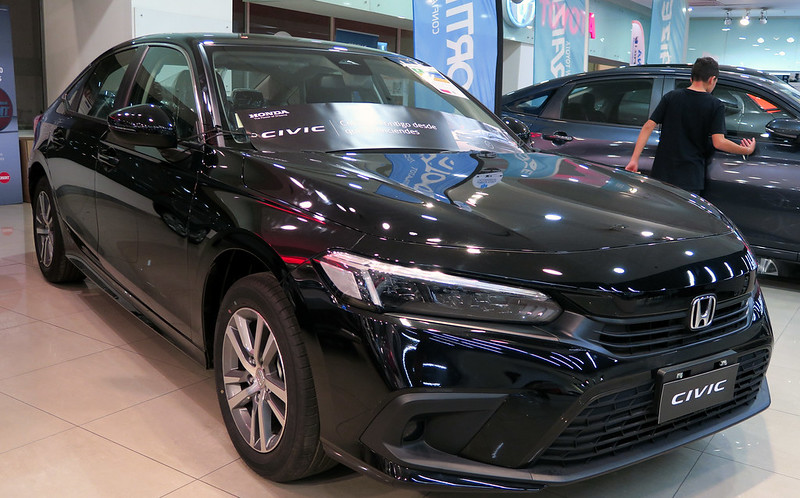
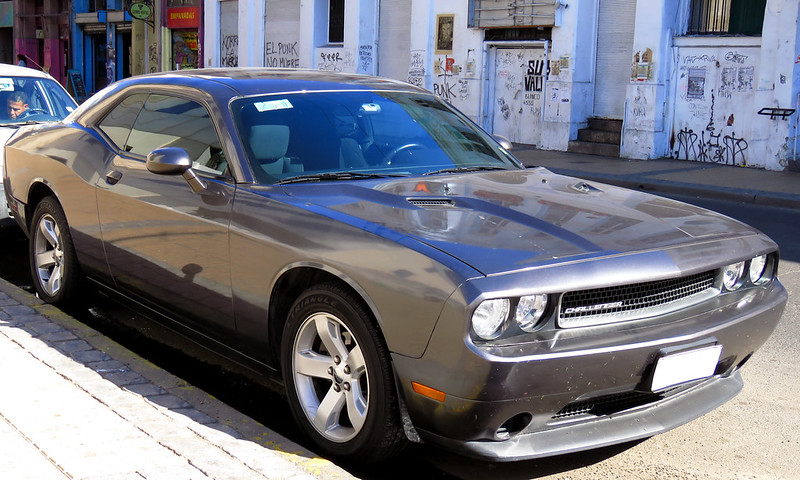
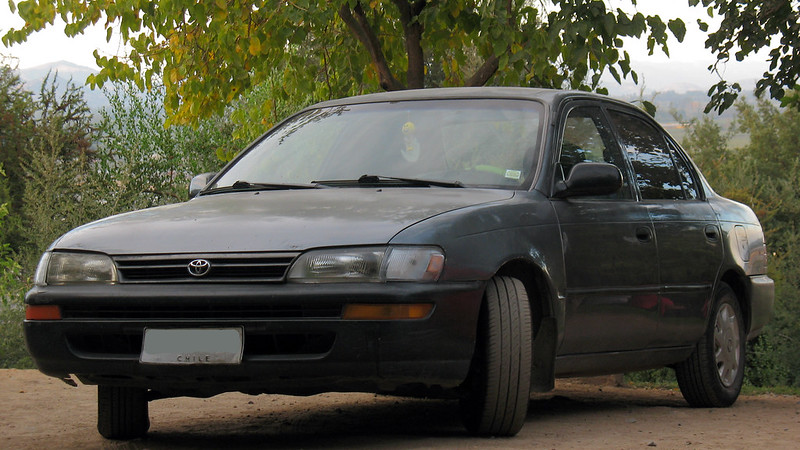

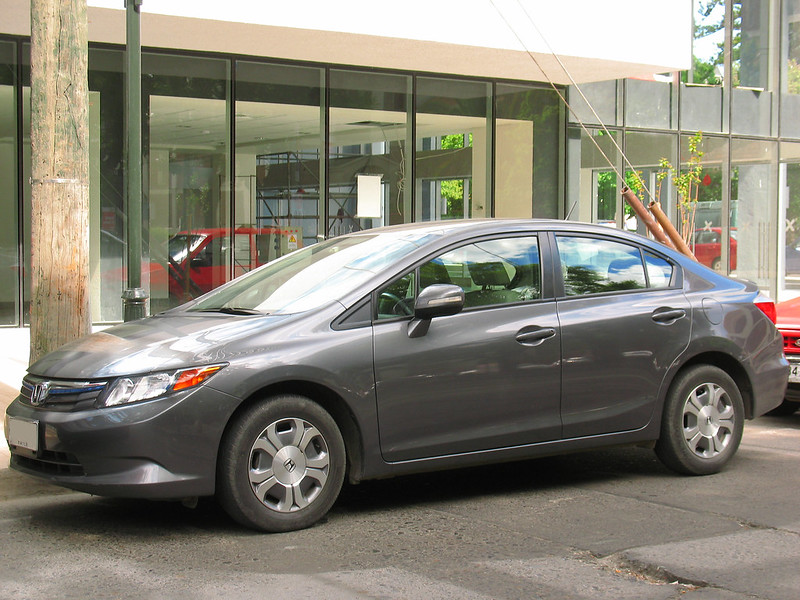
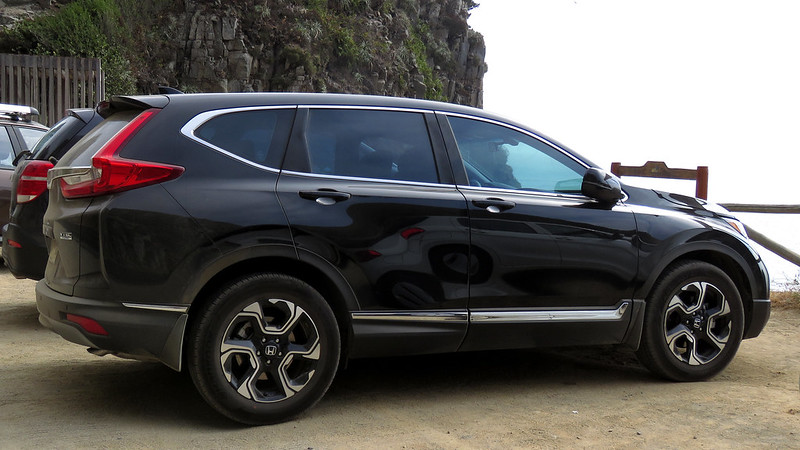
While these vehicles appear more frequently in at-fault accident statistics, the driver’s behavior is the primary factor in determining fault. Defensive driving and attentiveness can significantly reduce accidents, regardless of the vehicle being driven.
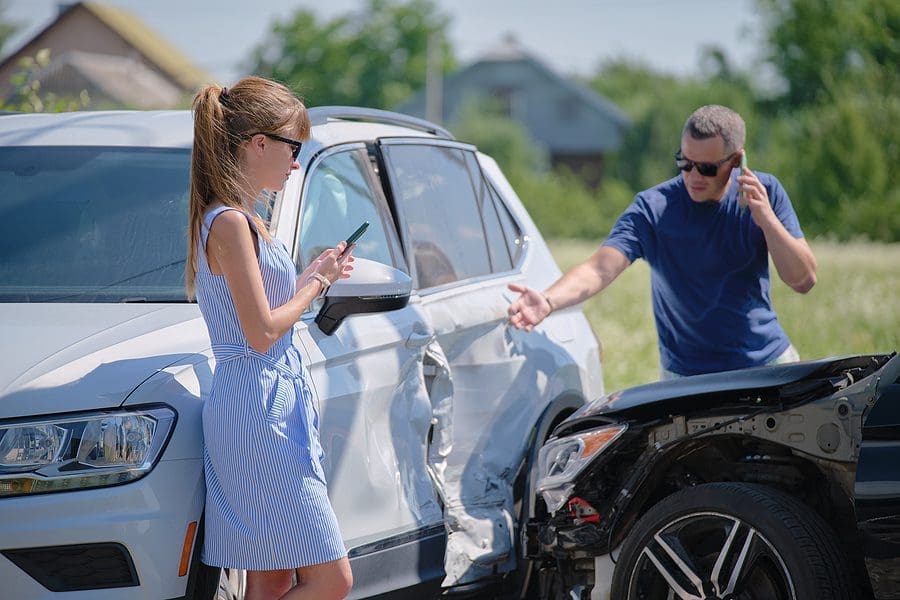
Being involved in a car accident is a stressful experience, and knowing how to handle the aftermath can make a big difference. Taking the right steps right away can protect your safety, well-being, and legal rights.
Ensure Safety First: If possible, move your vehicle to a safe location to avoid further danger. Check yourself and others involved for injuries and call emergency services for medical assistance if needed.
Don’t Admit Fault: Some drivers, out of politeness or courteousness, tend to say, “Oh, I am so sorry! I shouldn’t have…” or “Are you okay?! That was totally my fault.” Unless you are an expert at accident negligence, don’t admit fault at the scene of the crash. Let your insurance or attorney handle that part of the equation.
Call the Police: No matter how minor the car accident may seem, filing a police report is crucial. The authorities will document the scene and gather essential information, which could be useful for insurance claims or legal proceedings.
Exchange Contact Information: Collect contact details, insurance information, and vehicle registration numbers from all parties involved in the accident. Be polite and cooperative but avoid discussing fault.
Document the Scene: Take photos and video of the vehicles, license plates, any property damage, road conditions, and any injuries. These details could act as important evidence later on.
Contact a Lawyer: Reach out to an experienced Florida car accident lawyer at Jones Law Group for professional advice. If you were injured, speaking to a personal injury attorney is necessary. They can help protect your interests, handle insurance companies, and pursue fair compensation for your losses.

If you’ve suffered an injury while driving one of the above dangerous car models or were hurt in an accident involving any other vehicle that wasn’t your fault, don’t hesitate to contact the Jones Law Group.
We’ll use all our skills and experience to help you demonstrate negligence in a Florida auto accident to obtain maximum compensation. Please use our online form or call (727) 571-1333 for a free case evaluation.
*All vehicle images attributed to RL GNZLZ via Flickr and licensed by CC BY-SA 2.0

Bicycle accidents are sadly all too common on our roads, affecting riders of all ages. There were 7,236 such accidents in Florida in 2022, leading to 214 deaths and 6,755 injuries. The rider can suffer many injuries when a motor vehicle hits a bike. However, suffering a head injury from a bicycle accident is among […]

I am aware that there are hundreds of websites that provide “personal injury calculators.” In my opinion, they are not very reliable for assessing the value of a personal injury case. These “personal injury calculators,” for the most part, simply provide a tally of your damages and then use a multiplier to determine the total […]

While there has been a trend in recent years showing fewer automobile accidents, the same cannot be said for motorcycle crashes. Since 2001 the number of people in Florida injured in a motorcycle accident has risen by 50%. While the number of deaths of motorcyclists involved in an accident has risen by 90%. The increase […]
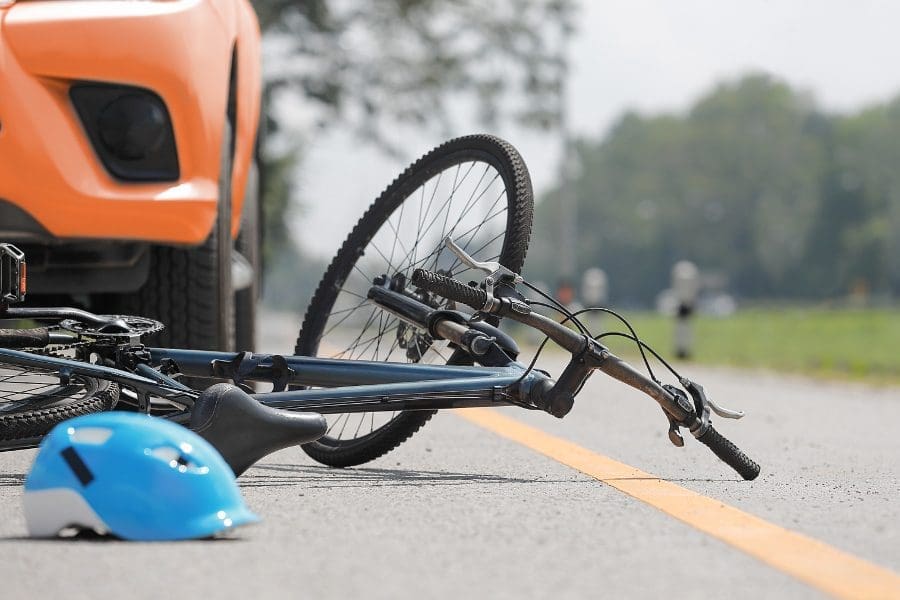
Personal injury attorneys in Tampa help accident victims recover fair compensation from the at-fault parties. Summary Accidents happen – and in an area with as many people as Tampa Bay, they happen a lot. There are far too many car accidents, truck accidents, bicycle and pedestrian accidents, and others. In most cases, these mishaps occur […]
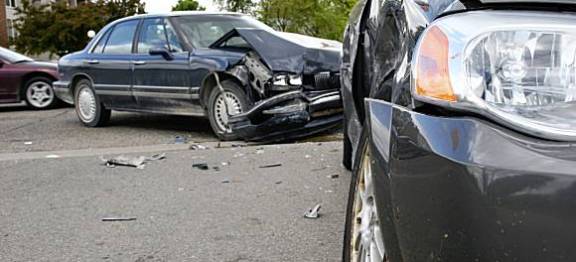
By: Heath C. Murphy + – Personal Injury Florida has the lowest required automobile insurance of any state in the country. In fact, Florida does not even require that its drivers, save those with a DUI conviction or a violation of the Financial Responsibility Law, to maintain bodily injury coverage. This means that many drivers […]
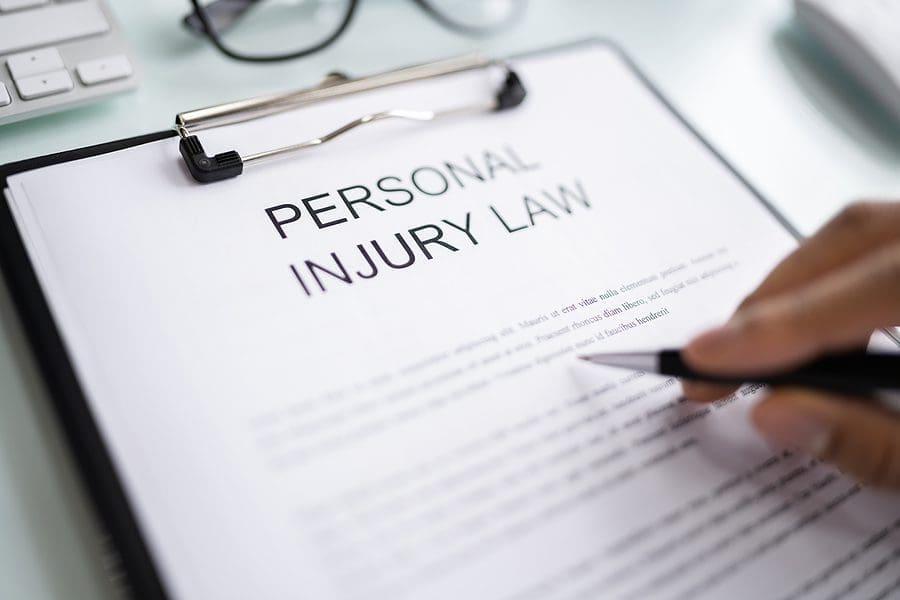
Enduring a personal injury can be devastating, leaving victims dealing with physical pain, emotional distress, and financial hardships. During such challenging times, seeking the assistance of a skilled personal injury attorney can make a significant difference in protecting your rights and ensuring you receive fair compensation for your losses. The following are just some of […]
Speak with us before time runs out! In Florida, you have a limited window to file a personal injury case, so speak to an Attorney today.
Call our personal injury law office directly at (727) 512-9847
Jones Law Group is a dedicated personal injury lawyer in St. Petersburg, FL, serving the Tampa Bay area since 2006. Our experienced attorneys specialize in car accidents, slip and fall cases, employment law disputes, construction law issues, and overtime wage claims, fighting for maximum compensation on a contingency fee basis. Contact us for a free consultation to discuss your case.
Call our personal injury law office at (727) 512-9847
© Copyright 2006–2025 Jones Law Group Attorneys at Law. All rights reserved. Privacy Policy Terms of Use
Attorney Advertising.
The information on this website is for general information purposes only. Nothing on this site should be taken as legal advice for any individual case or situation. This information is not intended to create, and receipt or viewing does not constitute, an attorney-client relationship. Past results do not guarantee similar outcomes.
Are you injured or wronged and interested in a consultation? Fill out the form for a free consultation with us.